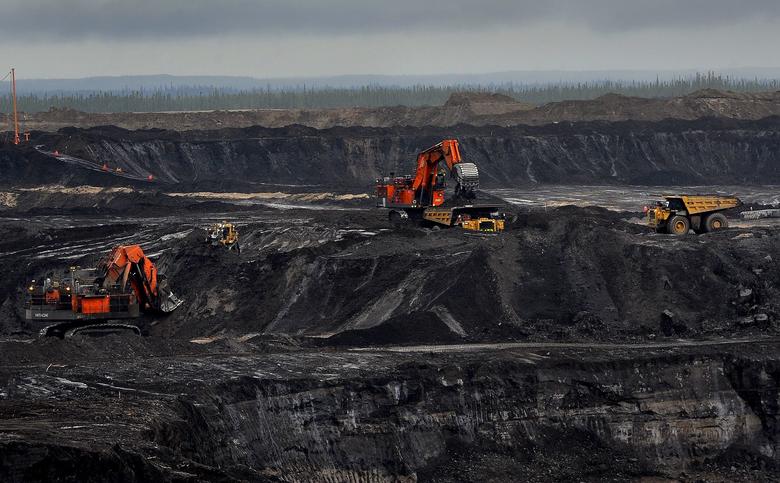
CANADIAN OIL UP

Despite lower crude oil prices, EIA expects Canadian oil production to continue increasing through 2017. Canadian oil sands projects that were already under construction when prices began to fall in 2014 and that are expected to begin production in the next two years are the main driver of production growth.
Production of petroleum and other liquids in Canada, which totaled 4.5 million barrels per day (b/d) in 2015, is expected to average 4.6 million b/d in 2016 and 4.8 million b/d in 2017. This increase is driven by growth in oil sands production of about 300,000 b/d by the end of 2017, which is partially offset by a decline in conventional oil production.
Oil sands production continues to grow even as global crude oil prices have declined significantly. Prices of heavy (dense) Canadian crude oil are linked to the Western Canadian Select (WCS) benchmark, an index of different conventional and synthetic crude oils. WCS has traded about $15 to $20 per barrel (US $/b) lower than U.S. benchmark West Texas Intermediate (WTI) crude oil since early 2014, because WCS has to be transported over a longer distance to refineries and—because of its density and quality—it is more difficult to process into petroleum products. The average price for WCS in January 2016 was $18.42/b, about $15/b below WTI.
WCS prices at these levels suggest that many oil sands projects may be operating at a loss. However, such projects are designed to operate over a period of 30 to 40 years and can withstand volatility in crude oil prices. Additionally, the cost to shut down an existing oil sands project is estimated to be in the range of $500 million to $1 billion, which may exceed the operating losses a producer might experience in the short term. Although some new projects are expected to come online in 2016, many more have been postponed until oil prices increase. EIA's forecast for oil prices over the next two years (see figure below) is expected to allow new projects to earn a return over their running cost. Some producers may opt to decrease production volumes by delaying maintenance or allowing natural production declines. However, these scenarios are not included in this forecast.
-----
More:
CANADA'S LONG-TERM EFFECTIVENESS







